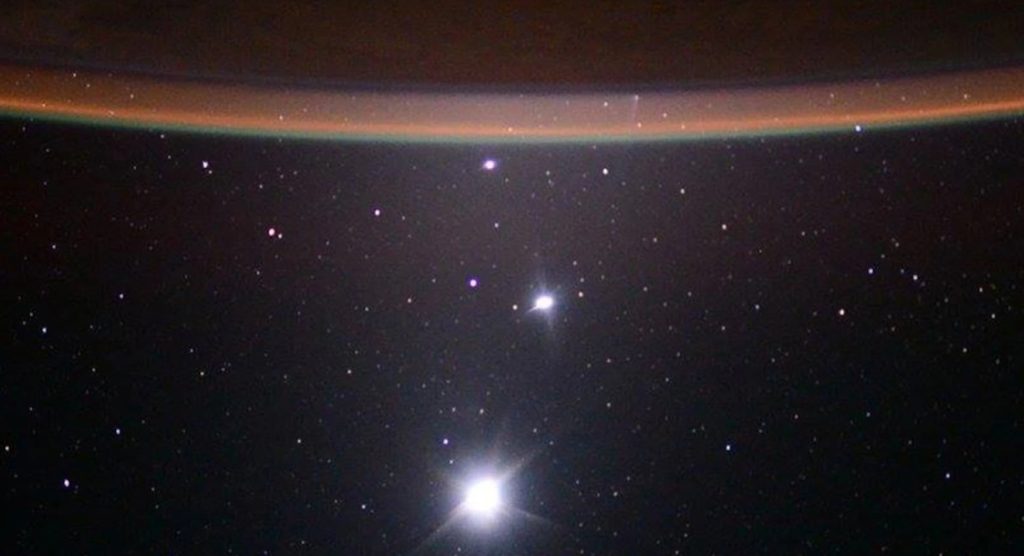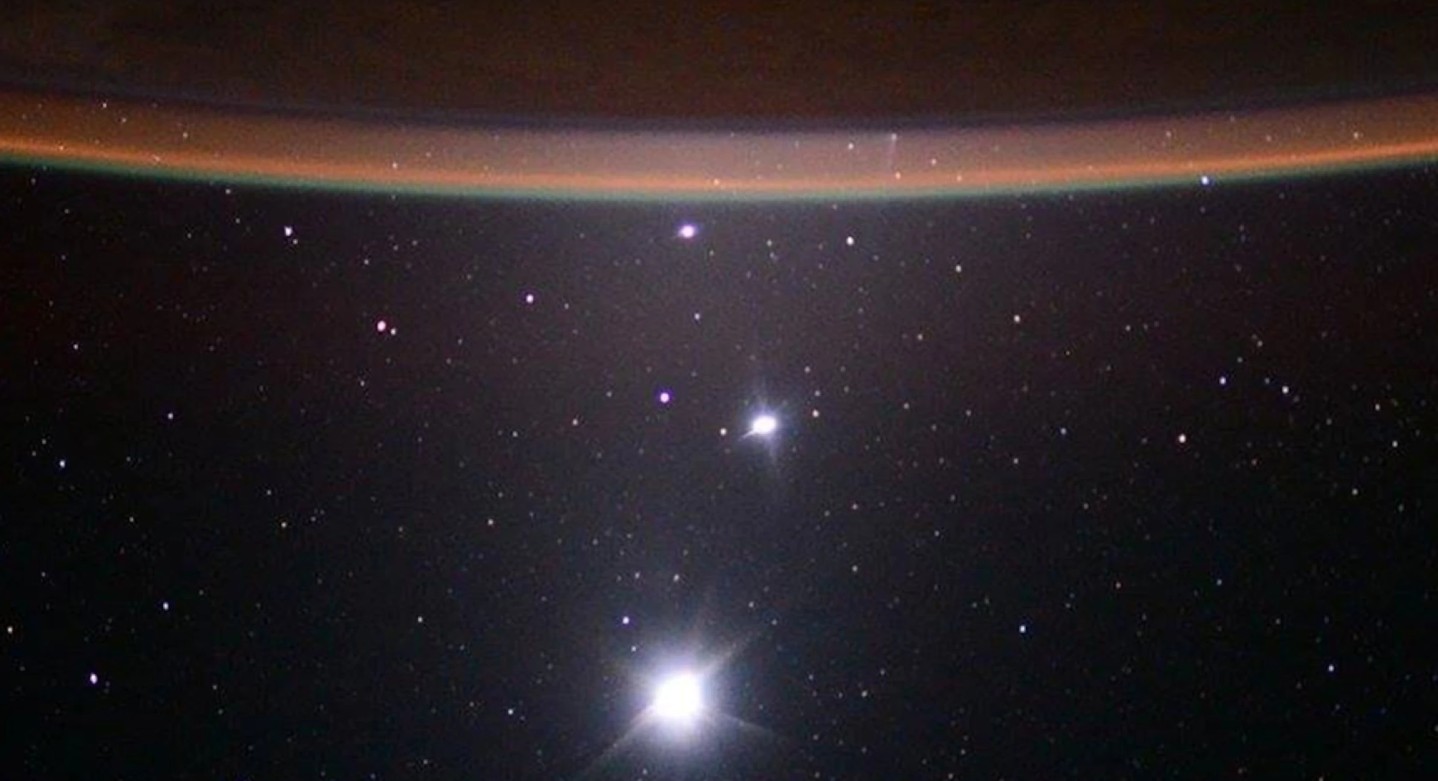
From now until early July, the five nearest planets to Earth will slowly join a celestial conga line across the pre-dawn sky.
These rare, but not once-in-a-lifetime conjunctions offer an excellent opportunity to learn what planets look like, find them with a telescope or binoculars, and introduce some children to stargazing.
In what was the fourth such conjunction this century, it all kicked off in late March, when Venus, Mars, and Saturn began to cluster in the southeast.
This Sunday, April 17th, Jupiter will move into position closest to the eastern horizon, and almost on top of Venus. A bit south and above will be Mars looking very red, and then Saturn further up and further south.
For most people in North America, the ideal time will be to go out and look southeast about 45 minutes before the sun begins to rise. On April 23rd, the Moon will appear in conjunction with the other spheres, appearing to the right and above Saturn, before moving off again by April 29th.
MORE: Hubble Telescope Spots Most Distant Star Ever Seen on Record, From 12 Billion Light Years Away
In mid-June, due to its rapid orbiting around the Sun, Mercury will fall into position. Seeing all five of these together will depend on where one lives. With a long unobstructed view of the eastern horizon, Mercury will be visible as early as June 10th, but for those in hilly, urban, or mountainous areas, it will be better to wait until the beginning of July.
RELATED: Key Building Block For Life Discovered on a Planet 444 Light-Years Away
A thin crescent moon, due on June 17th, will make Mercury easy to find by looking just below and to the right. Uranus and Neptune will also both be in the sky, but will require the use of binoculars or a telescope.
To know for sure you’re looking at a planet and not a star, look for constant light, which can be confirmed by any pair of binoculars and not just those used for stargazing. Stars twinkle, planets don’t.
SHARE the Far Out News on Social Media…




















